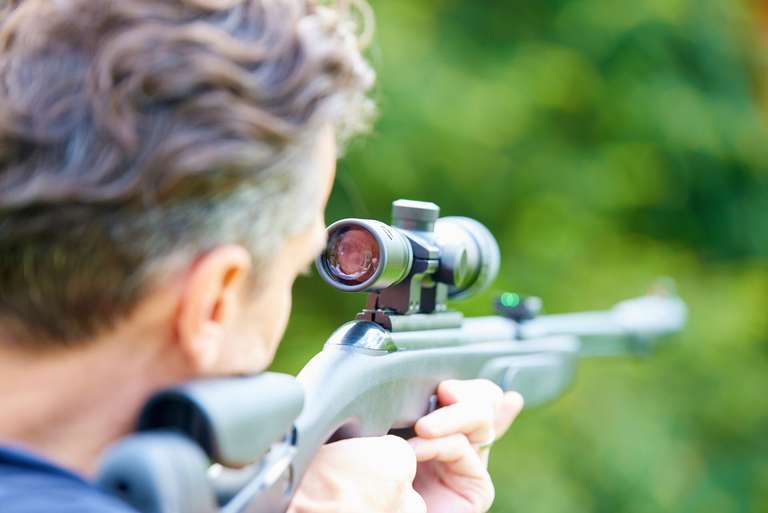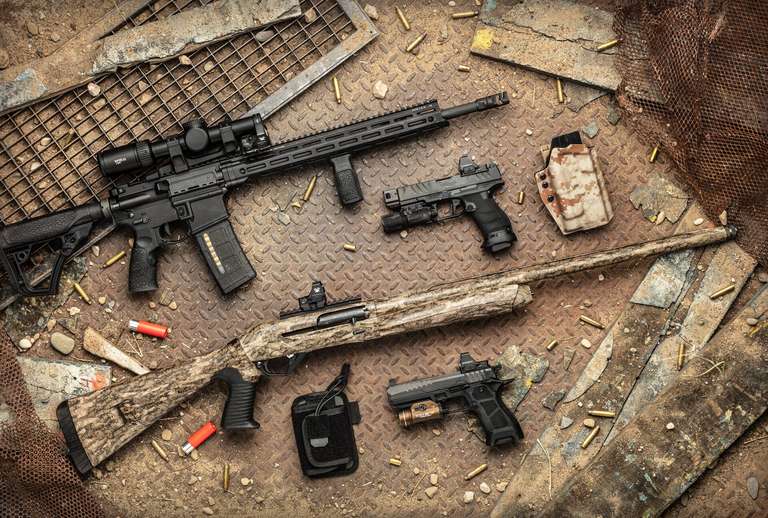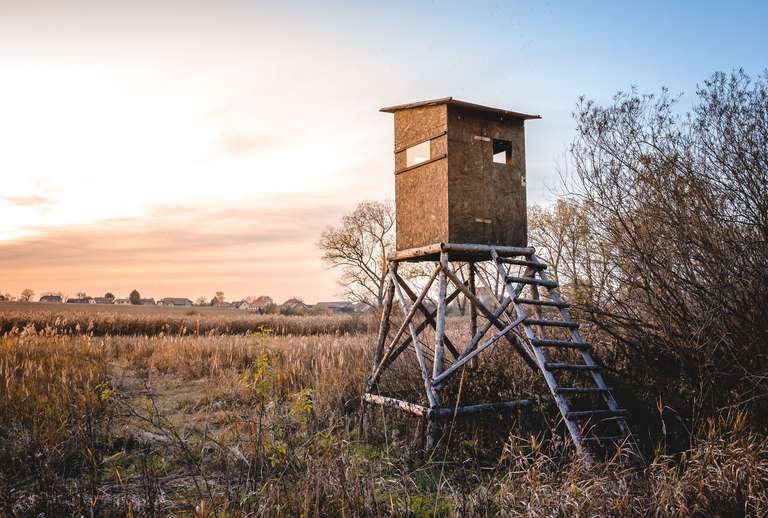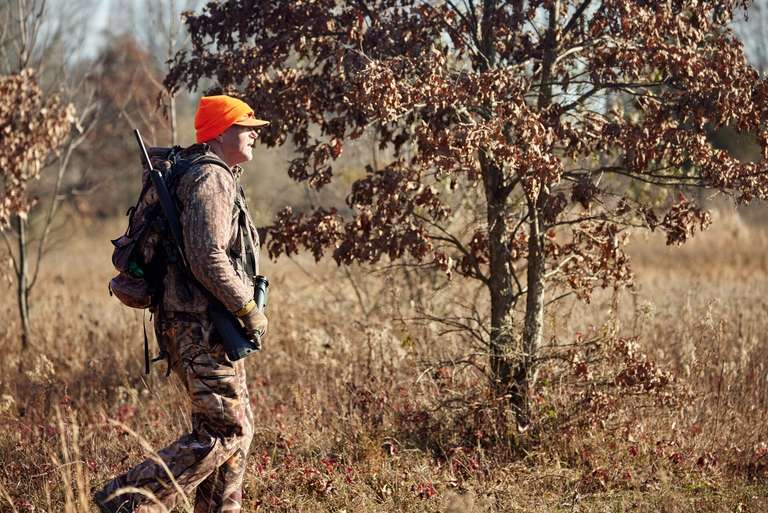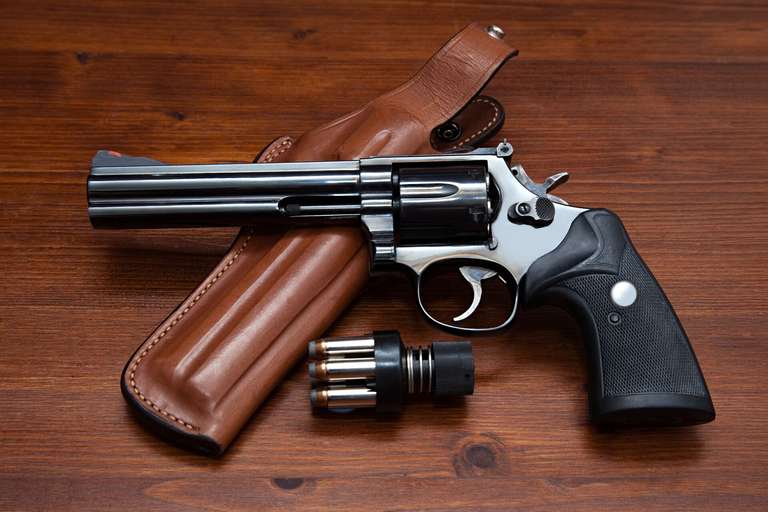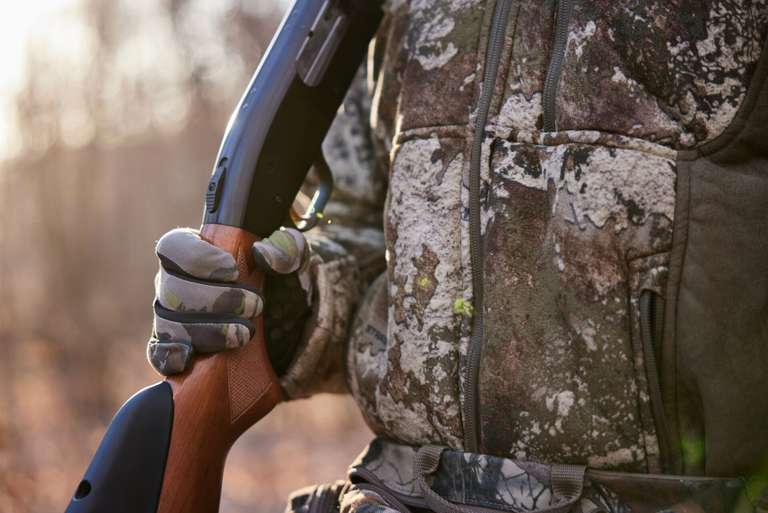Shooting Skills 101: What Is Sight Alignment?
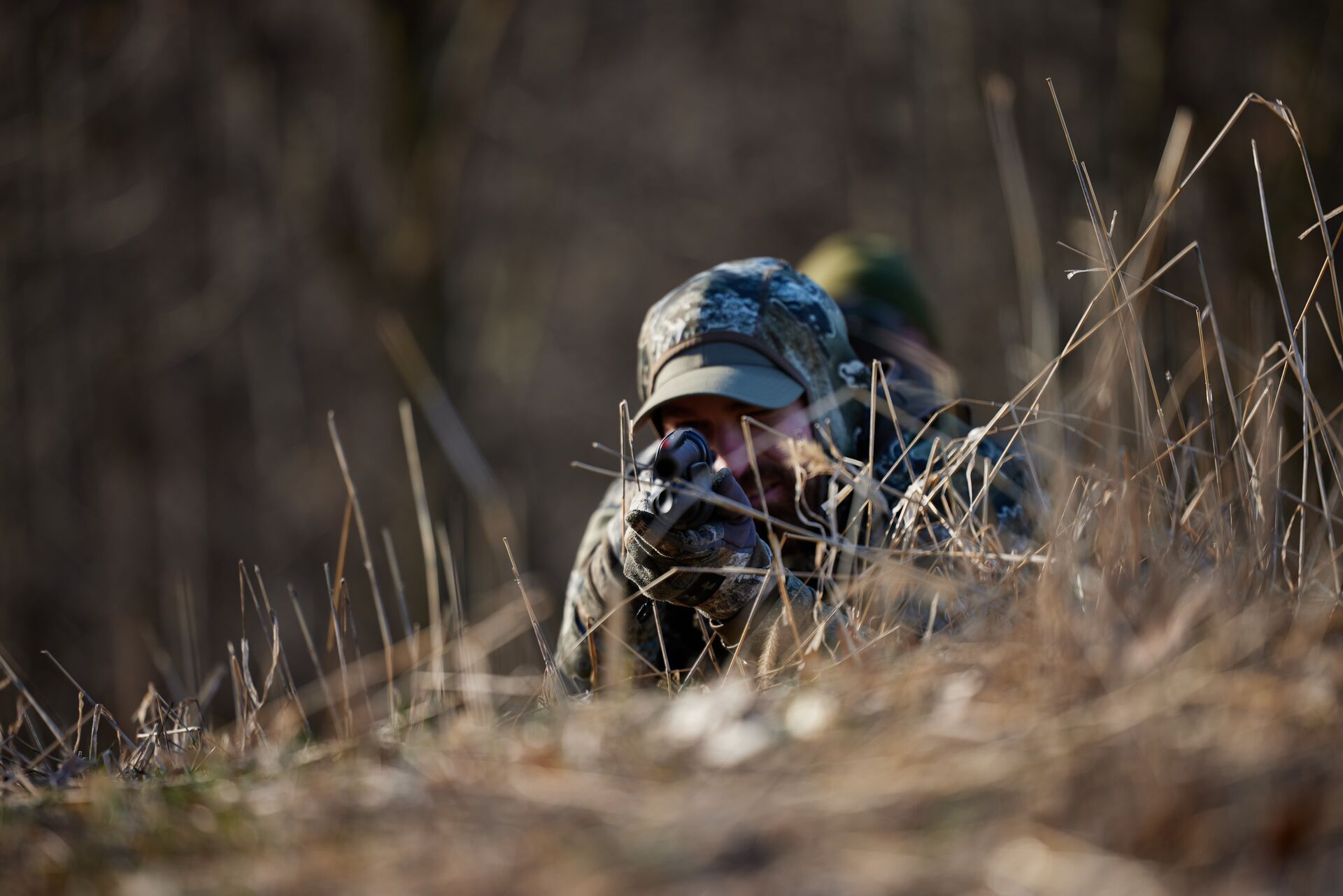
A core skill every rifle, shotgun, and pistol hunter needs to master is sight alignment. While the concept of sight alignment is simple, it's not always easy to perform — especially in the field in low light and stressful situations.
So, what is sight alignment, and why is it important for a successful (and safe) hunt? Let's explore this fundamental and essential marksmanship skill so you can accomplish a hunter's top priority: hitting what you aim at.
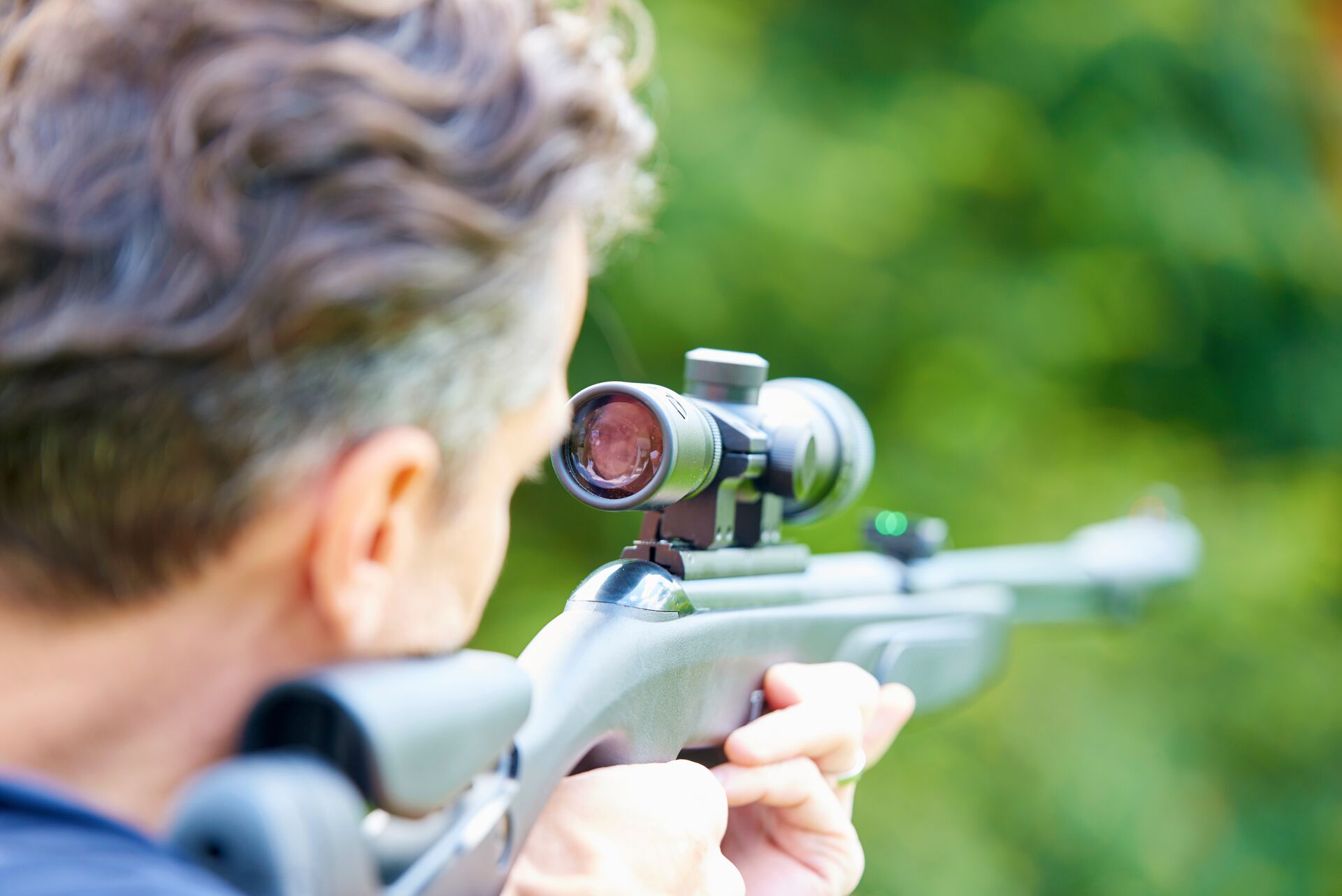
What Is Sight Alignment?
Sight alignment describes the aligning — both vertically and horizontally — of the weapon's front and rear sights.
Once the sights are correctly aligned, you then place your sights on the desired point of impact. This is called your sight picture, where you see your sights and target together.
Knowing how to achieve proper sight alignment and sight picture is what ensures accuracy, the hallmark of an ethical and responsible hunter.
The Components of Sight Alignment
Let's take a look at the critical parts of proper sight alignment:
- Rear Sight: A notch or aperture mounted on the gun's receiver. Located closer to your eye, the rear sight is what you look through to see your front sight and target.
- Front Sight: This is a post or bead located on top of the barrel near the muzzle. Most modern front sights have a brightly colored or glow-in-the-dark insert that allows you to see the sight more easily in low-light conditions.
- Eye Position: Your eye's position relative to the rear and front sights is crucial for proper sight alignment. It should be consistent every time you aim.
We'll cover aligning these components on your firearm for an accurate shot next!
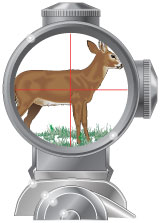
Achieving Proper Sight Alignment: A Step-by-Step Guide
Now that you know the elements for achieving proper sight alignment, let's create a repeatable process you can use every time you aim.
1. Equal Height, Equal Light
As you aim, place the front sight post in line with the notch or aperture of your rear sight.
- For an aperture (peep) sight, the front sight should be centered as you look through the rear sight.
- For a notched rear sight, the top of the front sight should be the same height as your rear sight when viewed through the rear sight.
The front sight post should be centered in the notch with equal spacing (or light) on either side.
2. Front Sight Focus
Although counterintuitive initially, focus on your front sight. It should be sharply focused, and the target should be slightly blurred.
3. Maintain Breath Control
Once the rear and front sight are aligned and you have a good sight picture of your target, use breath control to keep that alignment. Take a deep breath through your nose, slowly exhale halfway, pause, and increase pressure on the trigger.
4. Press the Trigger
With smooth, consistent rearward pressure, press the trigger until the shot breaks. Remember not to squeeze too quickly, or you'll risk moving the firearm, disrupting the sight alignment you achieved, and missing your target.
5. Follow Through
Keep looking through the sights, keeping them aligned and your sight picture intact after the shot. Avoid the temptation to look over the sights to see your target.
You want to maintain sight alignment and sight picture if you have to take a fast follow-up shot.
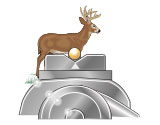
Common Sight Alignment Mistakes to Avoid
Conceptually, sight alignment is simple. However, consistently applying those principles can challenge even the most experienced hunters.
Your Sights Aren't Actually Aligned
The most common error is thinking the sights are aligned when they're not.
Check to make sure you're not tilting the firearm, that the front sight is truly centered within the rear sight, and that the top of the front sight post is level with the top of the rear sight. This takes practice.
Using Your Non-Dominant Eye to Aim
Another misalignment can occur if you're using your non-dominant eye to aim.
The dominant eye tells your brain where the target is. If your non-dominant eye controls sight alignment, your brain receives inaccurate information about the target's location.
Not using your dominant eye to aim with a long gun leads to accuracy issues. Right-handed and right-eye dominant? Shoot right.
For cross-eye dominance (e.g., right-hand, left-eye), you'll have to learn to shoot from your non-dominant side. Or, shoot from your dominant side with both eyes open, slightly closing your dominant eye to let the non-dominant eye take over and give you a clear, single image.
Rushing Your Shot
During the excitement of bringing your gun up to aim at your quarry, it's common to rush the shot.
When this happens, your sight alignment process goes out the window, and you slap the trigger. This leads to misses at best and wounding the animal at worst.
Target Fixation
Inexperienced shooters also tend to fixate on the animal instead of focusing on the front sight.
When you focus on your target, your sights will be blurry, and you won't be able to achieve correct sight alignment. A misaligned front sight post by as little as 1/100th of an inch can change the bullet's point of impact by several inches at 100 yards.
Inconsistent Eye Position
Inconsistent eye position relative to the sights leads to erratic sight alignment. This is most commonly due to not consistently shouldering the weapon and irregular cheek welds on the stock's comb.
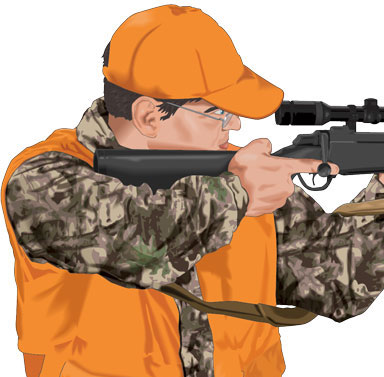
How to Practice Sight Alignment
So, how can you improve your sight alignment? Here are some recommended practice skills to improve your sight alignment.
- Dry Fire: Work through your shot process at home with an unloaded gun and no live ammunition in the same room. Practice in every shooting position and concentrate on sight alignment and front sight focus.
- Sight Picture Drills: During dry practice or at the range, aim at targets at different distances without firing. Concentrate on sight alignment and front sight focus.
- Range Time: Take the skills you've honed at home to the range. First, do a few dry fire reps as a warm-up, then live fire, and finish with dry fire.
While this guide provides a solid introduction to sight alignment, there's no substitute for hands-on training! In other words, get out and hunt (safely) as often as you can.
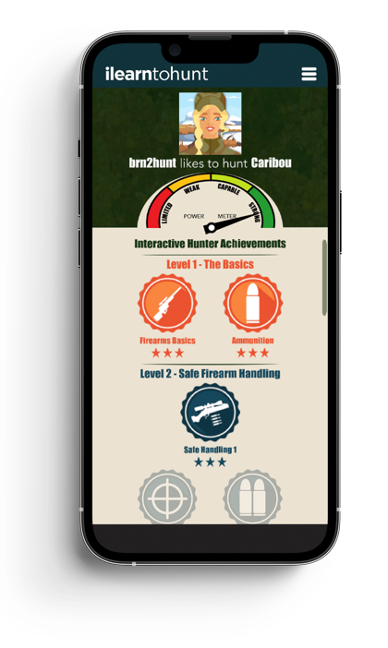
Learn More About Shooting Basics and Hunting Safety to Become a Better Hunter
So, what is sight alignment? Shooting accurately is a hallmark of becoming a good hunter! Understanding how to stay safe when using firearms in the field is also crucial.
That's why most states require hunters to pass a hunter education course before getting a hunting license. One of the best ways to do that is by taking an online course through ilearntohunt.
Our courses cover sight alignment and shooting basics and teach other crucial aspects of safe and ethical hunting — including firearm safety. Plus, our courses provide a fun way to learn through a gamified experience.
Get ready for the season! Choose the course for your state and start learning.

